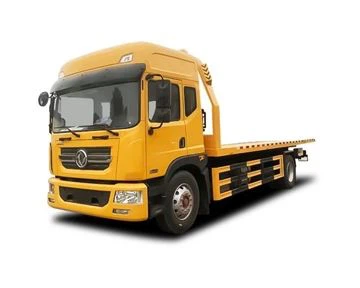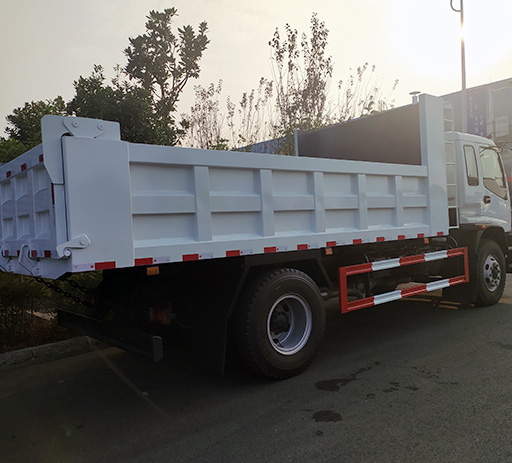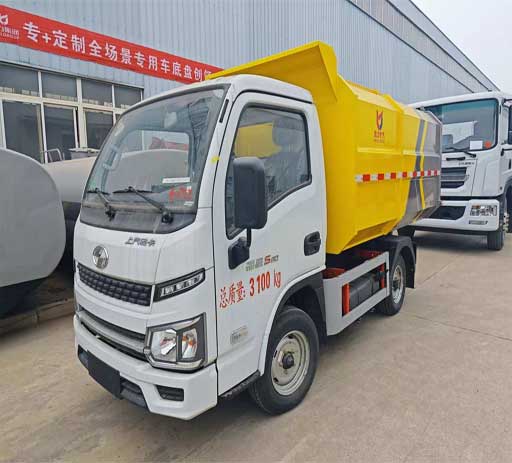Understanding Hook Garbage: What It Is and How to Manage It

Introduction to Hook Garbage
In our increasingly digital and waste-conscious world, we often encounter the term “hook garbage.” But what does it mean, and why is it important? Hook garbage refers to throwaway materials often found in the context of debates surrounding sustainability, pollution, and consumerism. This article aims to delve deeply into the concept of hook garbage, explore its implications, and provide practical tips for minimizing its impact on the environment.
What is Hook Garbage?
Hook garbage is a colloquial term used to describe waste materials that are discarded carelessly, often due to their perceived lack of value. These materials can take various forms, including plastic packaging, single-use items, and any everyday item that is often neglected once its primary function is fulfilled. Understanding what hook garbage includes is the first step toward responsible waste management.
The Lifecycle of Hook Garbage
To fully grasp the impact of hook garbage, we need to understand its lifecycle:
- Production: The manufacturing processes that create these items often lead to environmental degradation.
- Usage: Items are often used briefly before being discarded.
- Disposal: Commonly end up in landfills, oceans, or natural environments, contributing to pollution.
Types of Hook Garbage
Identifying various forms of hook garbage can help us become more mindful consumers:
Plastic Waste
Plastic items like bags, bottles, and wrappers make up a significant portion of hook garbage. They are often single-use and take hundreds of years to decompose.
Electronic Waste (E-waste)
Old devices such as smartphones and computers are frequently discarded, contributing to e-waste, which contains hazardous materials that can harm the environment.
Food Waste
Excess food that is thrown away after being purchased or prepared is a common form of hook garbage, leading to economic loss and environmental damage.
Disposables from Events
Disposable plates, cups, and cutlery from parties and events often lead to a significant amount of waste, as they are designed for single use only.
The Environmental Impact of Hook Garbage
The environmental consequences of hook garbage are considerable:
Pollution
Improper disposal of hook garbage leads to pollution in land and water bodies. Plastic waste can cause significant harm to aquatic life and ecosystems.
Resource Depletion
The production of new items from virgin materials consumes valuable resources. Reducing hook garbage can help conserve these resources.
Climate Change
Decomposing waste in landfills generates methane, a potent greenhouse gas that contributes to climate change. Minimizing hook garbage can mitigate this effect.
Managing Hook Garbage: Practical Tips
Here are several practical tips to help you manage and reduce hook garbage:
1. Reduce Plastic Usage
- Opt for reusable bags, bottles, and containers.
- Avoid single-use plastics wherever possible.
2. Mindful Consumption
- Before shopping, consider if you truly need the item.
- Choose products with minimal or recyclable packaging.
3. Composting
Developing a composting habit can significantly reduce food waste. Composting organic materials helps enrich soil while keeping them out of landfills.
4. Proper Disposal of E-Waste
- Research local recycling programs for electronic waste.
- Avoid throwing gadgets in regular trash; find specialized e-waste recycling centers.
5. Organizing Community Cleanup Events
Get involved or organize local clean-up activities aimed at removing hook garbage from parks, beaches, and other public areas.
6. Educate Others
Share the knowledge about the impacts of hook garbage with friends, community members, and through social media to raise awareness.
Case Studies: Successful Reductions in Hook Garbage
Case Study 1: Local Government Initiatives

Many cities have started initiatives to reduce hook garbage. For example, San Francisco implemented a city-wide ban on single-use plastic bags, leading to better waste management practices and lower levels of plastic pollution.
Case Study 2: Corporate Responsibility
Companies like Starbucks have committed to eliminating plastic straws from their outlets, advocating for more sustainable practices across the food and beverage industry.
Case Study 3: Community Programs
Community-based programs, such as community gardens and recycling workshops, encourage responsible disposal and recycling, significantly curbing the amount of hook garbage produced.
The Role of Businesses in Combating Hook Garbage
Businesses play a crucial role in addressing hook garbage. Here are some ways they can contribute:
Sustainable Packaging
Companies can switch to biodegradable or recyclable packaging materials, significantly reducing their contribution to hook garbage.

Repair and Reuse Policies
Encouraging customers to repair rather than replace products can also help minimize waste. Reuse programs can be beneficial.
Government Regulations on Hook Garbage
Policies and Legislation
Governments around the world are starting to implement stricter regulations on waste management practices:
- Plastic Bans: Countries like Canada have proposed bans on single-use plastics.
- Extended Producer Responsibility: Some regulations hold manufacturers responsible for the entire lifecycle of their products, promoting more sustainable practices.
Global Initiatives to Combat Hook Garbage
There are various global initiatives aimed at addressing the hook garbage crisis:
Global Clean-Up Days
Events like World Cleanup Day mobilize volunteers across the globe to clean up litter, including hook garbage, from various environments.
International Agreements
Collaboration across nations, such as the UN’s Sustainable Development Goals, emphasizes reducing waste, promoting sustainability, and encouraging cleaner production methods.
Future Perspectives on Hook Garbage
As awareness about hook garbage grows, it becomes crucial to envision a future where waste management is taken seriously:
Technological Advancements

Innovative approaches such as waste-to-energy technology and biodegradable materials offer promising solutions for reducing hook garbage.
Circular Economy Principles
Transitioning from a linear economy to a circular economy emphasizes reusing and recycling, thereby drastically reducing waste.
Frequently Asked Questions (FAQ)
1. What is hook garbage?
Hook garbage refers to any waste material that is discarded without consideration, often including single-use plastics, packaging, and other throwaway items.
2. What are the main types of hook garbage?
Main types include plastic waste, e-waste, food waste, and disposables from events like parties and gatherings.
3. How can I reduce my hook garbage output?
Reduce, reuse, and recycle. Minimize single-use items, compost organic waste, and participate in community clean-ups.
4. How does hook garbage affect the environment?
Hook garbage contributes to pollution, resource depletion, and climate change, adversely impacting ecosystems and human health.
5. Are there any successful examples of reducing hook garbage?
Yes, many cities like San Francisco have implemented bans on single-use plastics, and companies like Starbucks are transitioning to more sustainable practices.
6. What role does government play in managing hook garbage?
Governments can enact legislation, create regulations on waste management, and support community initiatives aimed at reducing hook garbage generation.
